Our secret weapon
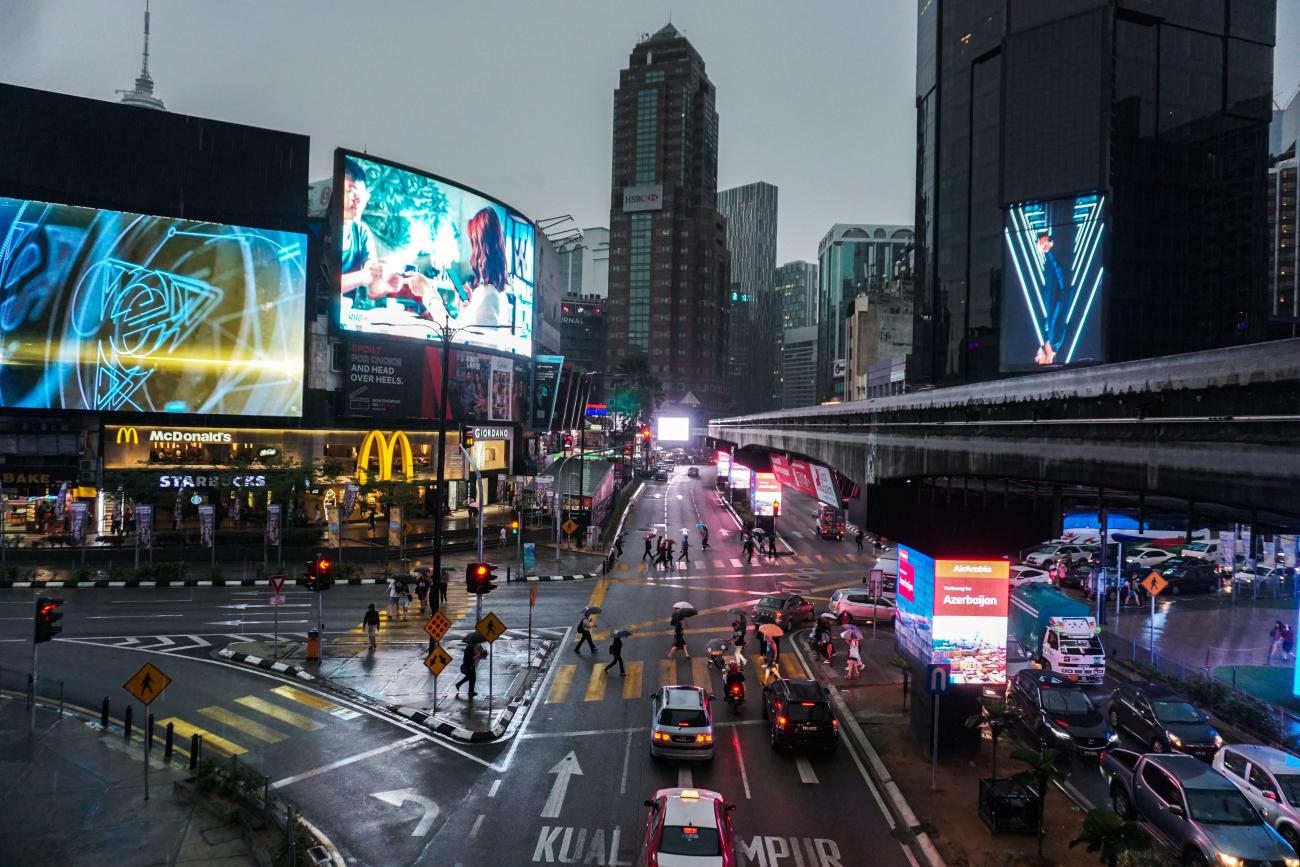
Accelerating urban action for a carbon-free world, 5 Malaysian cities take an integrated approach to low carbon development
Read the original article by UNDP in Malaysia, Singapore and Brunei Darussalam here...
Cities are responsible for 70 per cent of global carbon dioxide emissions, with transport, buildings, energy, and waste management accounting for the bulk of urban emissions.
By 2050, two-thirds of our global population will live in urban areas. Nearly 90% of the growth in urban population will occur in Asia and Africa.
As urban populations in these regions continue to grow and have greater material prosperity, there will be a corresponding rise in the consumption of resources and energy - and generation of waste.
Increasingly, the battle for the planet will be won or lost in cities.
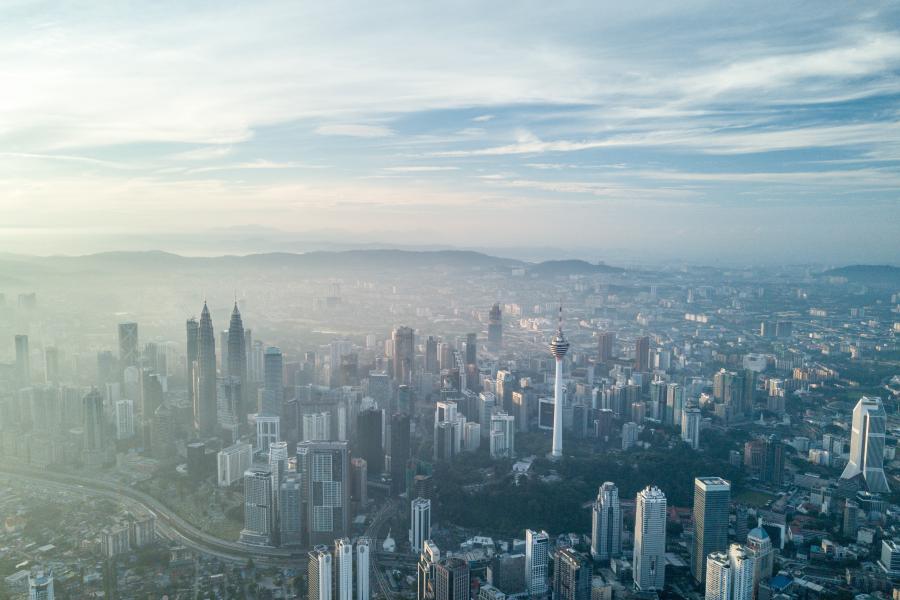
Low Carbon Cities
Data shows that cities consume 78% of the world’s primary energy. The numbers don’t lie - cities are the biggest contributors to climate change. Consequently, they are also our best shot at reversing our carbon trajectory.
Cities are the key to achieving our global climate goals.
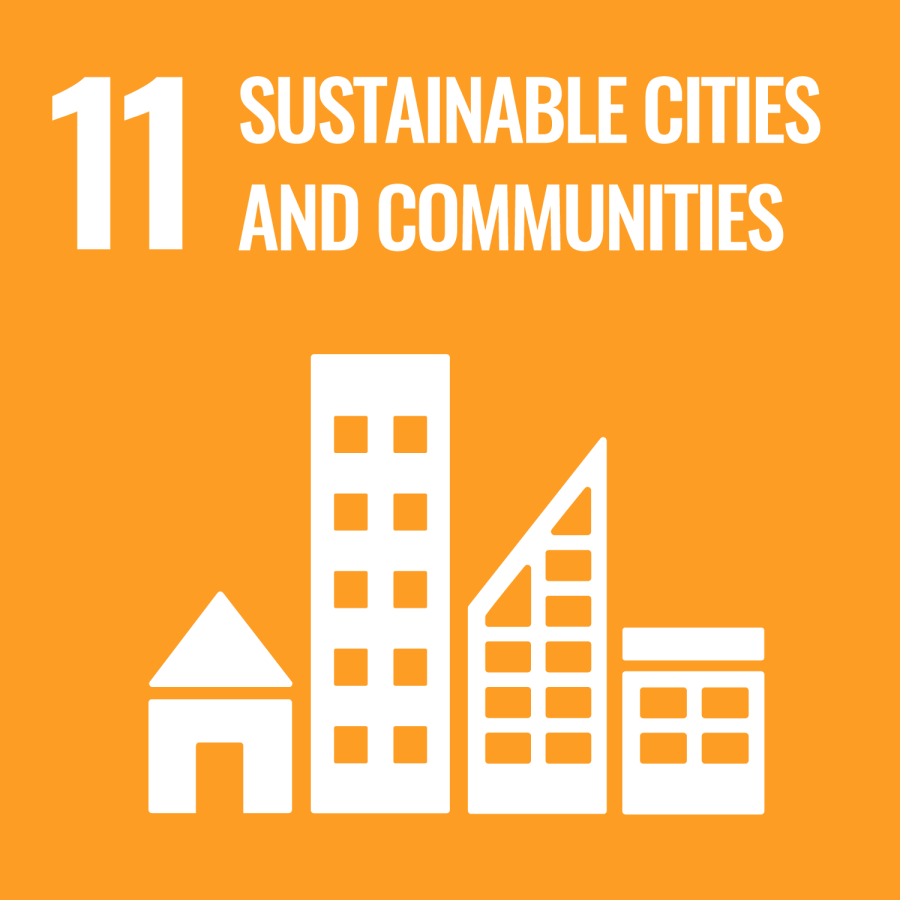
Part of the solution
A majority of Malaysia’s carbon emissions are clustered within urban areas, with the energy sector making up a staggering 80% of total emissions. As such, the energy sector holds the biggest potential on reducing emissions in terms of carbon and cost savings. It is estimated that over MYR46.9b (USD$11.2b) in energy spending can be saved between 2016 to 2030, according to one joint study.
By investing in a variety of low carbon solutions such as renewable energy technologies, energy efficiency, sustainable transport, and integrated waste management, cities can transition into green and sustainable development pathways while creating new jobs within these emerging sectors.
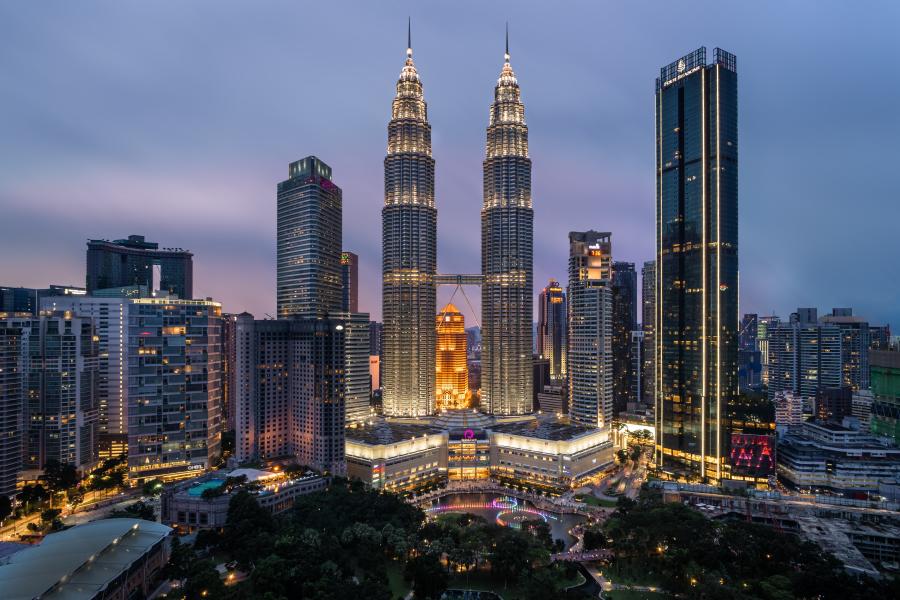
Setting low-carbon action plans, each with their own greenhouse gas inventories to help track low-carbon actions already in the works, cities like Kuala Lumpur, Iskandar Malaysia, Seberang Perai and Melaka have made commitments to minimize their carbon footprints. They’ve also joined city alliances like the Local Governments for Sustainability (ICLEI) and the C40 City Business Alliance.
Furthermore, 64 local authorities are now part of the Low Carbon City Framework Programme launched by the Ministry of Environment and Water in 2011, which encourages strategies and action plans at the local level.
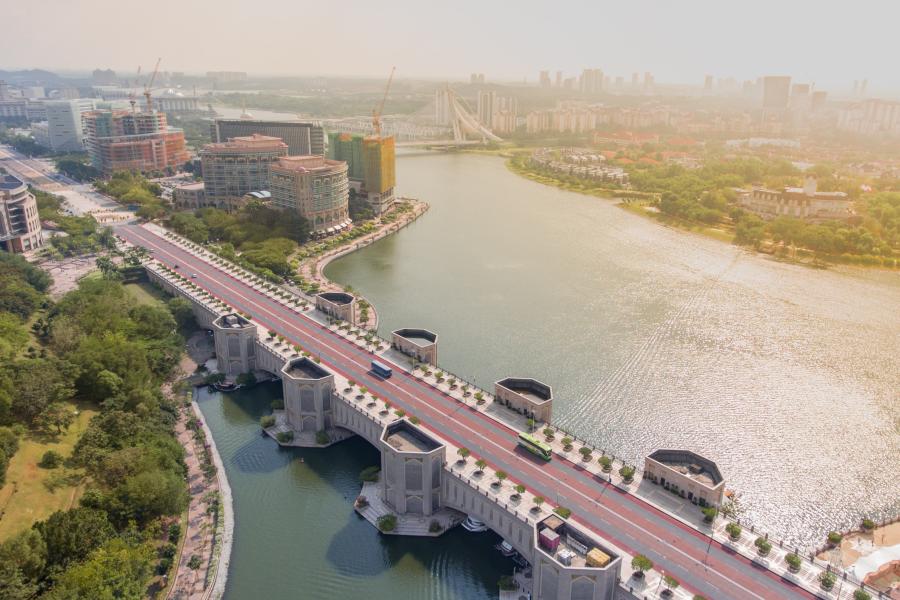
Accelerating the pace
With funding support from the Global Environment Facility, UNDP is working together with the Ministry of Environment and Water Malaysia, and the Sustainable Energy Development Authority to implement a low carbon cities project called the Green Technology Application for the Development of Low Carbon Cities (GTALCC).
GTALCC is a 5-year project which facilitates the implementation of low carbon initiatives in five Malaysian cities (Putrajaya, Cyberjaya, Petaling Jaya, Hang Tuah Jaya, Iskandar Malaysia), showcasing a clear and integrated approach to low carbon urban development.
The goal of the project is to generate substantial GHG emissions reductions by removing barriers to low carbon planning and development in Malaysian cities through formulating policy, raising awareness and bolstering institutional capacity, and through demonstration projects showcasing low carbon technology investments in select cities.
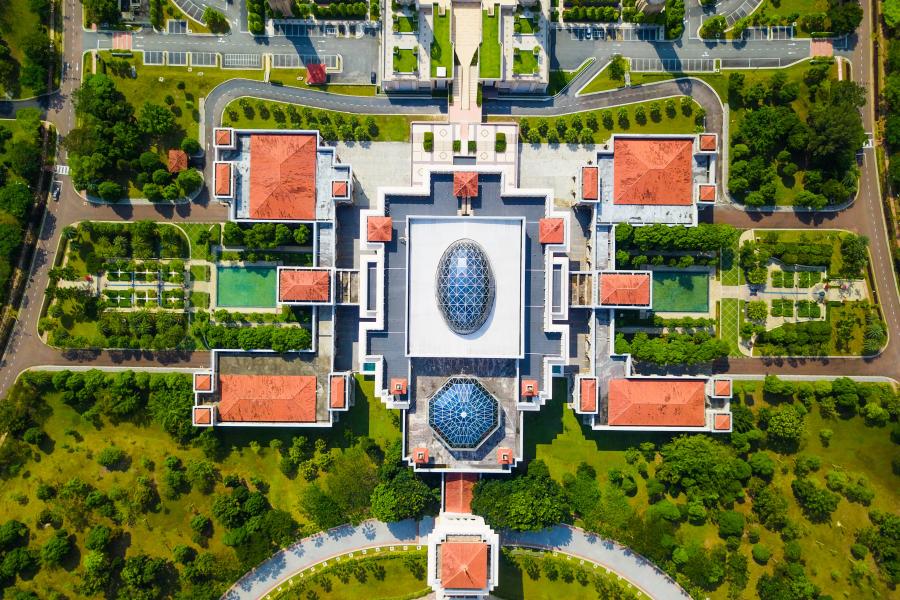
Low carbon leadership
Malaysia’s first formally-designated economic region, Iskandar Malaysia, established in 2006, is being developed as a strong and sustainable metropolis of international standing.
To support holistic and comprehensive growth balancing economic prosperity with quality-of-life measures and a resilient environment, the GTALCC project has supported the Iskandar Regional Development Authority (IRDA), a government body responsible for the direction, policies, and strategies in relation to the development within Iskandar Malaysia.

Having recognized the importance of increasing public awareness and education of low carbon lifestyle towards achieving net-zero emissions, IRDA, together with Universiti Teknologi Malaysia (UTM) and Johor’s State Education department launched the annual Iskandar Malaysia Eco-Life Challenge (IMELC).
The challenge is designed to foster awareness of Low Carbon lifestyle among both students and teachers alike, instilling low carbon cities awareness starting from a young age.
“Iskandar Malaysia Eco Life Challenge (IMELC) has been a successful high-impact program since 2013 in creating awareness on Low Carbon Society among students, teachers and their families to achieve the carbon reduction target for Iskandar Malaysia by the year 2025.”
Kamisah Mohd Ghazali, Senior Vice President, Resilient Environment, Iskandar Regional Development Authority.

After nine years and counting, this supplementary learning activity has engaged with an ever-growing audience, with over 906 schools and a total of 100,000 students participating in 2021. Over MYR100,000 (~USD$24,000) in electricity and water utility bills were saved by participating students and schools in 2020.
In light of the COVID-19 pandemic, IMELC2020 was carried out virtually, with Prof Datuk Dr Ahmad Fauzi Ismail, Vice chancellor of UTM, remarking that this digital low carbon community education program is the first of its kind in Malaysia. IMELC’s digital platform was further augmented with the launch of its own website, courtesy of UNDP Malaysia’s Accelerator Labs.
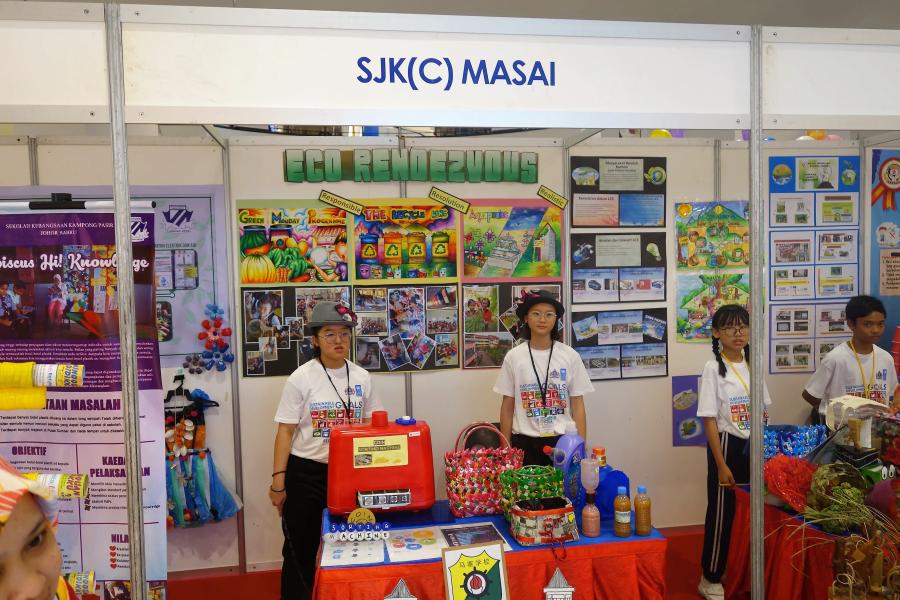
Leading by example
Another city supported by the GTALCC project, Putrajaya, is leading the way in low carbon initiatives, such as a cycle lane network.
In 2010, Putrajaya, the administrative and judicial centre of Malaysia, was announced as one of the pioneer townships in green technology as a showcase for the development of other townships. Since then, Putrajaya has embarked on various initiatives towards achieving that aim.
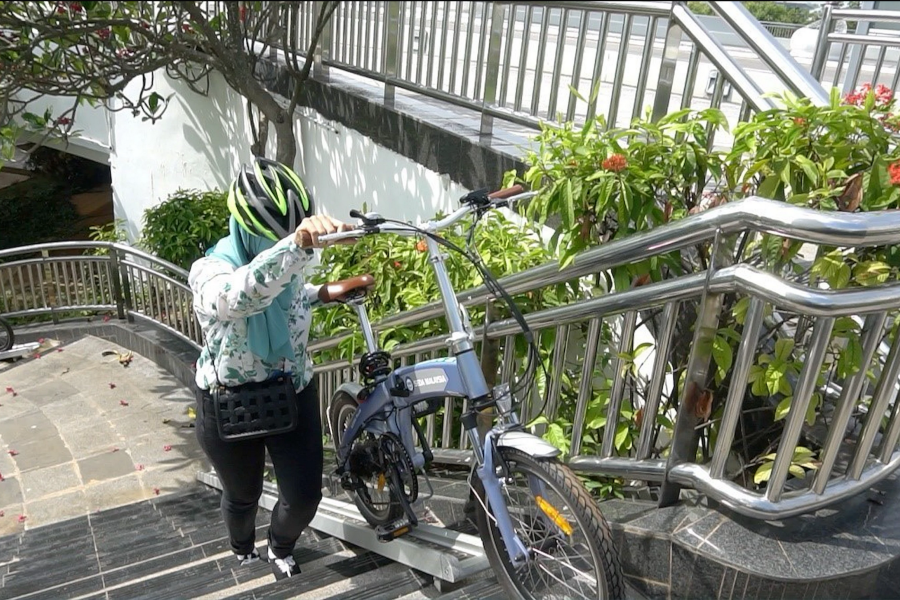
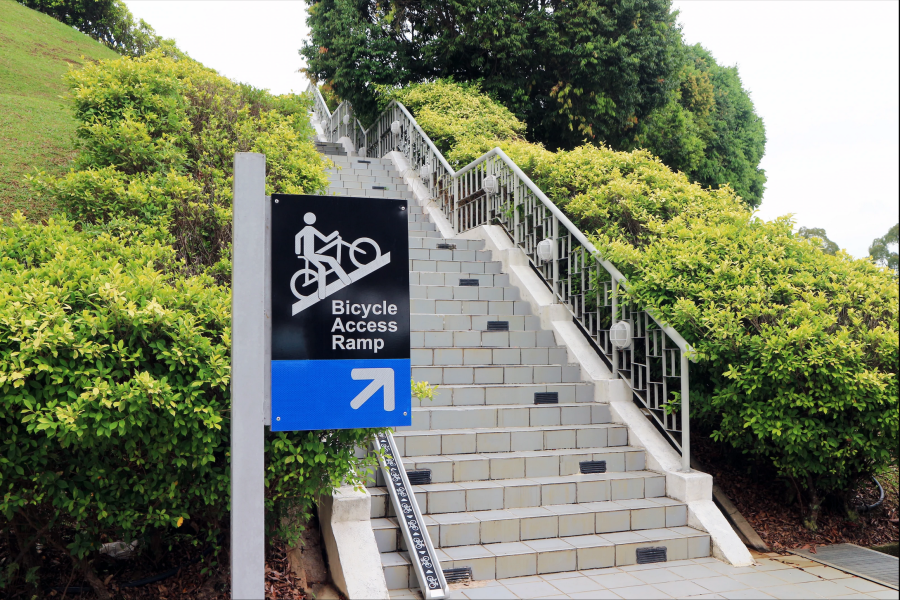
The Putrajaya Green City 2025 document emphasises Putrajaya’s transportation and mobility-related efforts in transforming into a green city. The strategy hinges on integrated city planning and management as well as low carbon transportation. Non-motorised movement by walking and cycling are highly encouraged as a mode of travelling, through the provision of an integrated network of pedestrian and cycling paths implemented in Putrajaya.
A design study under GTALCC was also carried out to enhance the existing Putrajaya Bike Lane by recommending improvement works required for safe cycling lanes from Putrajaya Sentral and the nearby townships to the Putrajaya office areas, linking up the Red Carpet and Blue Lane. Two bicycle access ramps were installed in Seri Wawasan and Seri Saujana Bridge by the project. Bike repair stands will also be installed in December 2021 at designated cyclist pit stops.
Adapting Cities for Climate Resilience
It is vital for both cities and national governments to each play their respective roles in the transition towards a low-carbon society.
The GTALCC project is supporting sustainable city solutions at the local level through strong community associations and city councils, as well as leveraging national support through the development of the National Low Carbon Cities Masterplan, which helps guide the implementation of low carbon developments and initiatives for Malaysian cities.
By building upon the foundations laid by UNDP Malaysia, the project is localizing the Sustainable Development Goals (SDGs) and making them visible at the city-, community-, and household levels.
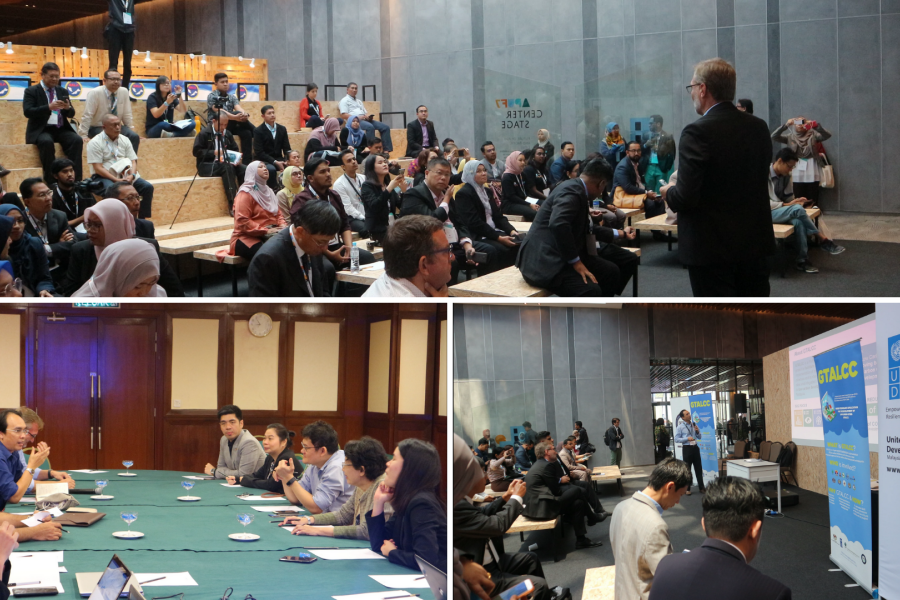
The suite of solutions implemented by the GTALCC project - together with its partners at the national government, its nine partners of local authorities with a combined population of 2,481,116, and private sector partners - have indirectly reduced carbon emissions by 909,180 tCO2eq, in addition to the direct emission reduction target of 346,442 tCO2eq by end of project period.
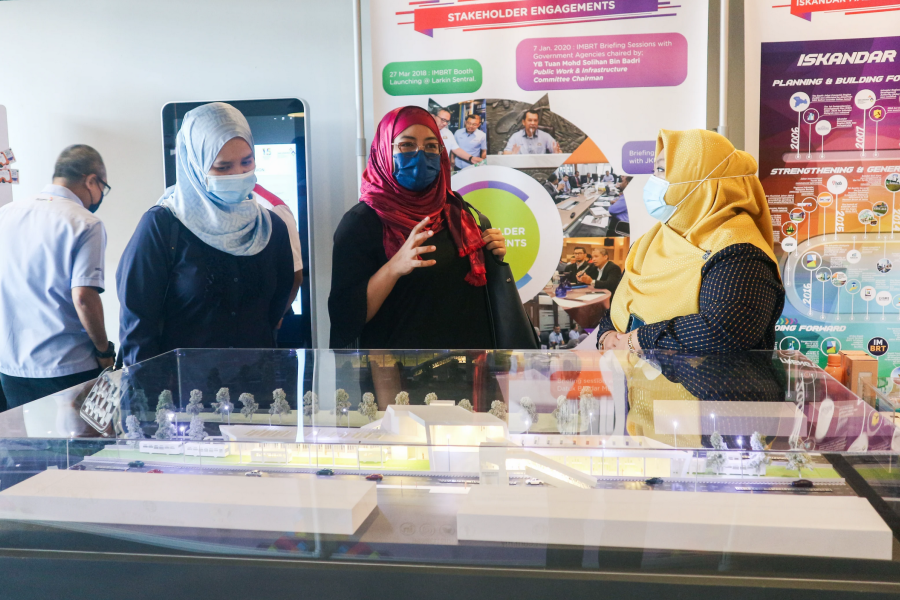
Better city, better lives
The goal of achieving net-zero emissions by 2050 is doable.
But to reach that milestone requires the full engagement of city governments, augmented by national action and support.
Creating more sustainable, climate-resilient societies involves addressing a range of issues including poverty reduction, ensuring basic services livelihoods, the provision of accessible, affordable and adequate housing, investing in infrastructure, upgrading informal settlements and managing ecosystems. Successful, well-governed cities greatly reduce climate-related risks for their populations.
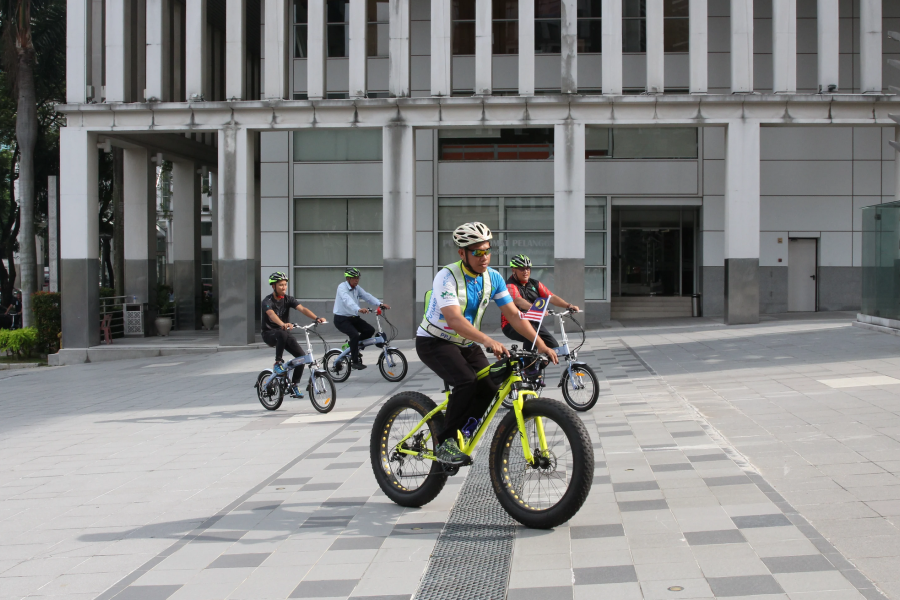
As we respond to the global climate crisis, transformative action from cities may just be the catalyst we need in order to restore our relationship with the natural world and ensure a sustainable future for our children.
For more information on the GTALCC project, visit here or here.
For more information on work in Malaysia to transition to carbon-free, visit Malaysia’s Ministry of Environment and Water and UNDP Malaysia.
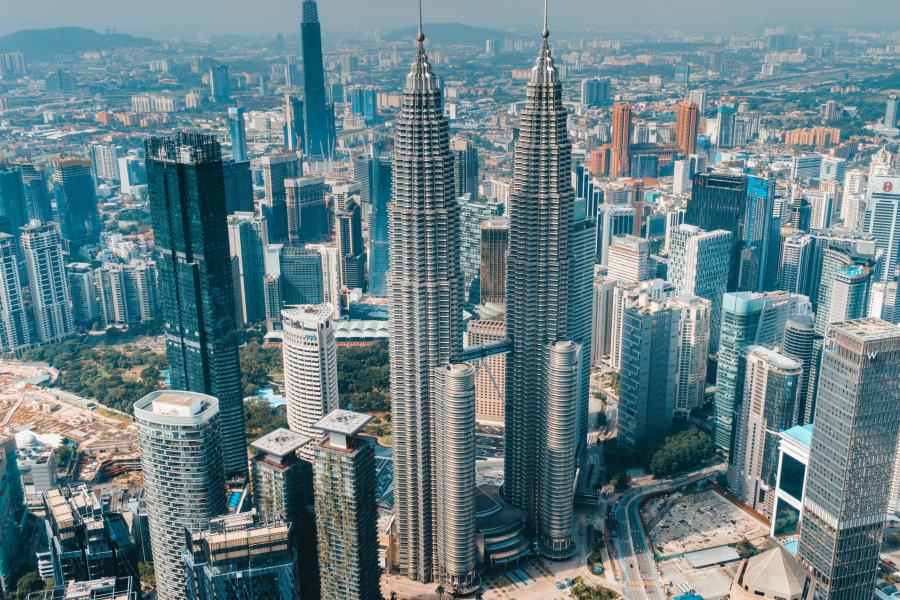
Footnotes Story by: Andrea Egan, Norizal Khushairi Mohamad Zamri, Nasha Lee, and Muhammad Afham Mohd Zaki. Header photo: Kuala Lumpur, Malaysia. Photo: Nour Betar, Unsplash.com


